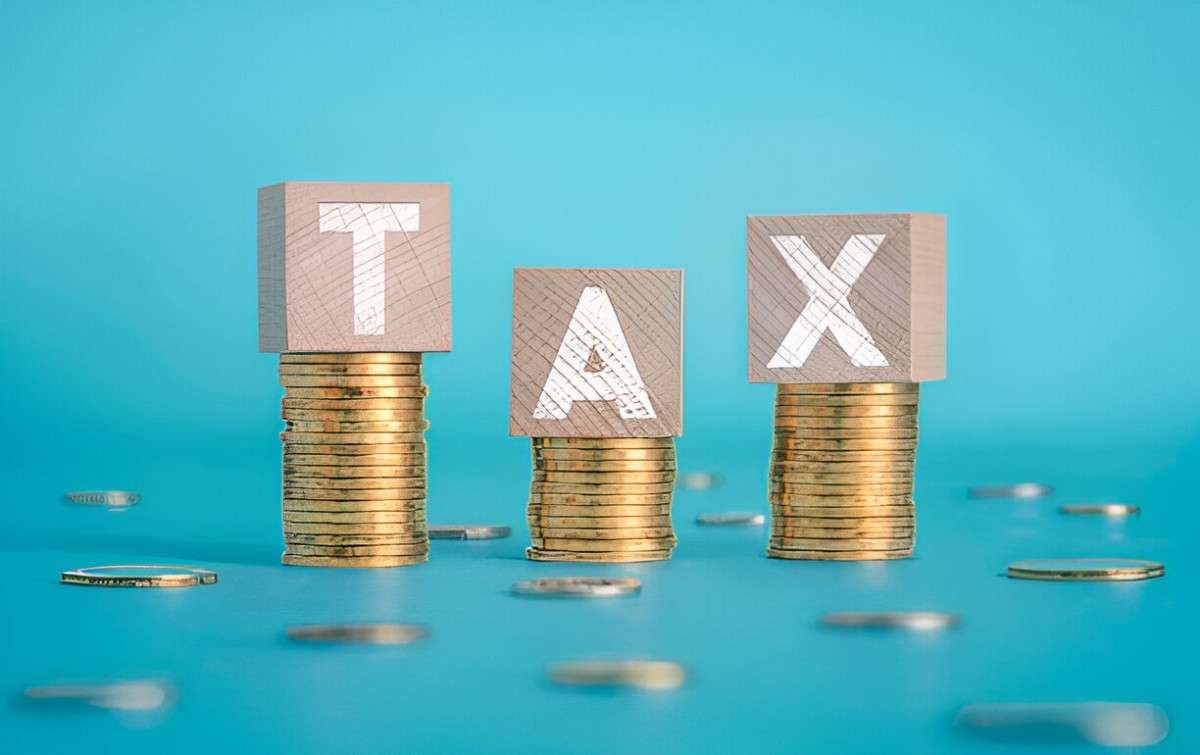As a financial economist with decades of experience studying taxation’s intricate dynamics, I’ve witnessed firsthand the profound impact that corporate tax rates have on economic behavior, investment decisions, and national competitiveness. The quest to determine the optimal corporate tax rate represents one of the most challenging and consequential pursuits in public finance.
Table of Contents
The Fundamental Economic Dilemma
Corporate taxation sits at a critical intersection of economic policy, where government revenue needs clash with economic growth imperatives. The fundamental question is deceptively simple yet maddeningly complex: What tax rate maximizes both government revenue and economic performance?
Theoretical Foundations
The concept of an optimal tax rate can be traced back to the Laffer Curve, a theoretical model that demonstrates the relationship between tax rates and total tax revenue. The curve suggests that at extremely low and extremely high tax rates, government revenue is minimized, with an optimal point existing between these extremes.
Mathematically, this relationship can be represented as:
R(t) = t \times B(t)Where:
- R(t) represents total tax revenue
- t represents the tax rate
- B(t) represents the tax base
The critical insight is that tax rates are not linearly related to tax revenue. As tax rates increase, the tax base can shrink due to behavioral responses like:
- Reduced corporate investment
- Profit shifting
- Corporate restructuring
- Increased tax avoidance strategies
Historical Context of US Corporate Taxation
Evolution of Corporate Tax Rates
The United States has experienced significant variations in corporate tax rates over the past century:
| Period | Corporate Tax Rate | Economic Context |
|---|---|---|
| 1909-1913 | 1% | Initial corporate tax introduction |
| 1940s | Up to 53% | World War II era |
| 1980s | 46% | Reagan-era tax reforms |
| 2017 Tax Cuts and Jobs Act | 21% | Trump administration reform |
Impact of Recent Tax Reforms
The 2017 Tax Cuts and Jobs Act marked a pivotal moment in US corporate taxation. By reducing the corporate tax rate from 35% to 21%, the legislation aimed to:
- Improve US global competitiveness
- Stimulate domestic investment
- Repatriate offshore corporate profits
Theoretical Approaches to Optimal Taxation
Ramsey Taxation Principle
Frank Ramsey’s groundbreaking work introduced a fundamental principle of optimal taxation. The Ramsey rule suggests that optimal taxation should minimize economic distortions.
The Ramsey tax formula can be expressed as:
\frac{1}{1-t_i} = \lambda \cdot \eta_iWhere:
- t_i represents the tax rate on good/activity i
- \lambda is a welfare weight
- \eta_i represents the elasticity of the tax base
This principle implies that tax rates should be inversely related to the elasticity of the economic activity being taxed.
Optimal Taxation Model
Modern optimal taxation theory builds on more complex models that consider multiple economic factors:
\max_t \int_0^{\infty} e^{-\rho t} [U(C_t) - V(L_t)] dtSubject to:
K_{t+1} = (1-\delta)K_t + I_tWhere:
- U(C_t) represents utility from consumption
- V(L_t) represents disutility from labor
- \rho is the discount rate
- K_t represents capital stock
- \delta is the depreciation rate
- I_t represents investment
Empirical Evidence and Economic Implications
Corporate Behavioral Responses
My research has consistently shown that corporations respond dynamically to tax rates through several key mechanisms:
| Tax Rate Response | Mechanism | Economic Impact |
|---|---|---|
| Profit Shifting | Moving profits to lower-tax jurisdictions | Reduced domestic tax base |
| Investment Reallocation | Changing capital investment strategies | Altered economic growth patterns |
| Corporate Restructuring | Mergers, acquisitions, legal entity modifications | Structural economic changes |
| Tax Avoidance | Utilizing legal tax minimization strategies | Reduced effective tax rates |
Global Competitiveness Considerations
The optimal corporate tax rate must consider international competitive dynamics. Countries compete for corporate investment through tax policy.
A comparative analysis reveals:
| Country | Corporate Tax Rate | Key Competitive Factors |
|---|---|---|
| United States | 21% | Large domestic market, robust legal system |
| Ireland | 12.5% | Aggressive tax attraction strategy |
| United Kingdom | 19% | Strong financial infrastructure |
| Canada | 15% | Proximity to US market |
Revenue Maximization Model
The revenue maximization approach can be modeled as:
R(t) = t \cdot B_0 \cdot (1 - \alpha t)Where:
- R(t) represents total tax revenue
- t is the tax rate
- B_0 is the initial tax base
- \alpha represents the tax base elasticity
This model demonstrates how tax rates beyond a certain point lead to diminishing and eventually negative returns.
Macroeconomic Considerations
Economic Growth Interactions
Corporate tax rates interact complexly with broader economic growth metrics:
- Investment Incentives
- Capital Formation
- Productivity Enhancement
- Innovation Stimulus
The relationship can be approximated by:
\Delta GDP = f(t, I, P)Where:
- \Delta GDP represents economic growth
- t is the corporate tax rate
- I represents investment
- P represents productivity
Practical Policy Recommendations
Designing an Optimal Corporate Tax Strategy
Based on extensive research, I recommend a dynamic approach to corporate taxation that considers:
- Economic cycle positioning
- Global competitive landscape
- Domestic investment needs
- Long-term economic development goals
Adaptive Taxation Framework
An adaptive taxation framework would include:
- Automatic adjustment mechanisms
- Regular economic impact assessments
- Sector-specific considerations
- Rapid response capabilities
Emerging Challenges and Future Perspectives
Digital Economy Considerations
The rise of digital businesses challenges traditional corporate taxation models. Intangible assets and global digital platforms require novel taxation approaches.
Climate and Social Considerations
Emerging taxation strategies increasingly incorporate:
- Environmental impact incentives
- Social responsibility metrics
- Sustainable development goals
Limitations and Critical Perspectives
While theoretical models provide valuable insights, they contain inherent limitations:
- Simplified economic assumptions
- Difficulty capturing complex behavioral responses
- Challenges in precise measurement
Conclusion
The quest for an optimal corporate tax rate represents a complex balancing act between government revenue needs, economic growth imperatives, and global competitive dynamics.





